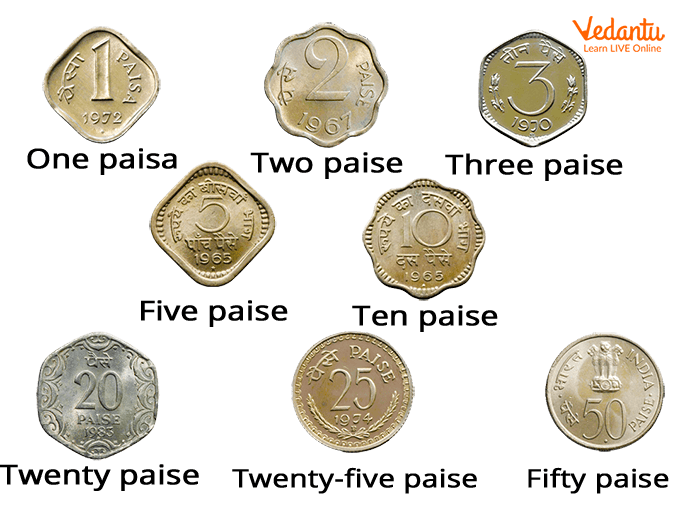If you happen to be viewing the article What is Money for Kids?? on the website Math Hello Kitty, there are a couple of convenient ways for you to navigate through the content. You have the option to simply scroll down and leisurely read each section at your own pace. Alternatively, if you’re in a rush or looking for specific information, you can swiftly click on the table of contents provided. This will instantly direct you to the exact section that contains the information you need most urgently.
“Money doesn’t grow on trees”. How many of you have heard this from your parents when you wanted to buy your favorite toy? Almost every one of you, right? But do you know what is money? Or why are your parents so concerned about money? Let us understand what is money in simple terms through this article.
If you go to a shop and ask for chocolate, the shopkeeper tells you that you will get it after paying 20 rupees, right? This is called money. You are giving money to get your chocolate. Thus, money is what we give for buying food, toys, clothes, candy, cars, houses, etc. Money can be explained as something which everyone accepts in exchange for goods and services.
Contents
What is Currency?
Remember your grandma gives you different coloured papers every time you visit her, which your mother asks you to put safely in a piggy bank, right? These papers are called notes. Different colours represent different values of notes.
Money is used in the form of papers or coins, officially issued by the government of that country, which is called the currency of that country. Different countries have different currencies. India’s currency is “Rupees.” The currency of the United States of America is “Dollars,” for Europe, it is “Euro,” and U.K.’s currency is “Pounds Sterling.”
What is the Indian Rupee?
Indian Rupee is the official money used only in India. It is issued and regulated by the Reserve Bank of India. One rupee is equal to 100 paise. It can be written as “Rs” or using the symbol ₹. The Indian currency is available in two forms:
1. Coins
Different valued coins have different shapes and sizes that keep on changing from time to time. Nowadays, the coins of one paise to twenty paise are not used. The coins of Rs 1, 2, and 5 denominations are mostly used.
Different Types of Indian Coins (paisa) Not in Use.
2. Currency Notes
The Indian currency notes are made of cotton paper. The different denominations of money are printed in different colours to make them easily recognisable. Officially, the notes of Rs 5, 10, 20, 50, 100, 200, 500, and 2000 are used in the country.
Conversion of Rupees and Paise
When rupee and paise are written together in numerical form, they are separated with a (.). For example, 18 rupees and 30 paise can be written as 18.30.
We know that Rs.1 = 100 paise.
So, to convert rupees into paise, we multiply the amount by 100.
For example,
Rs. 14 = 14 X 100
= 1400 paise
Similarly, to convert paise into rupees, we divide the amount by 100.
For example,
10000 paise = 10000 ÷ 100
= 100 Rs.
Practice Problems on Money
Here are some maths questions on money for your practice.
1. Money Worksheet:

Worksheet on Money
2. Write the total amount of money in each row.

Write the Total Amount of Money in Each Row
3. Solve these word problems.

Solve these Word Problems
Conclusion
Did you enjoy learning what is money in detail? Now, next time you will know how many toys you can buy with your pocket money. Also, if you want to learn other maths topics in detail, you can explore our other pages. We also have grammar concepts and bedtime stories for you so that you do not get bored with studying only maths.
Thank you so much for taking the time to read the article titled What is Money for Kids? written by Math Hello Kitty. Your support means a lot to us! We are glad that you found this article useful. If you have any feedback or thoughts, we would love to hear from you. Don’t forget to leave a comment and review on our website to help introduce it to others. Once again, we sincerely appreciate your support and thank you for being a valued reader!
Source: Math Hello Kitty
Categories: Math

